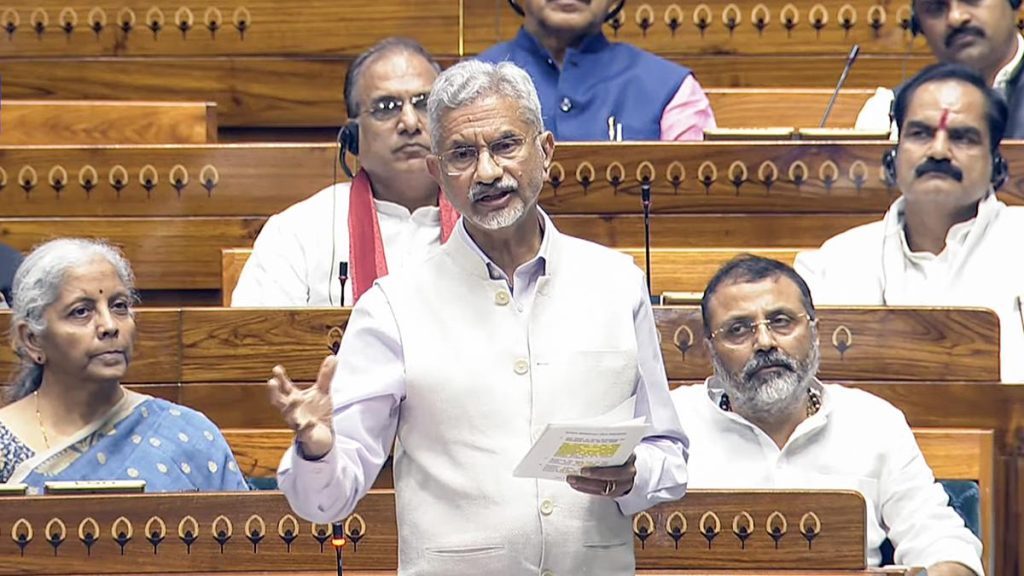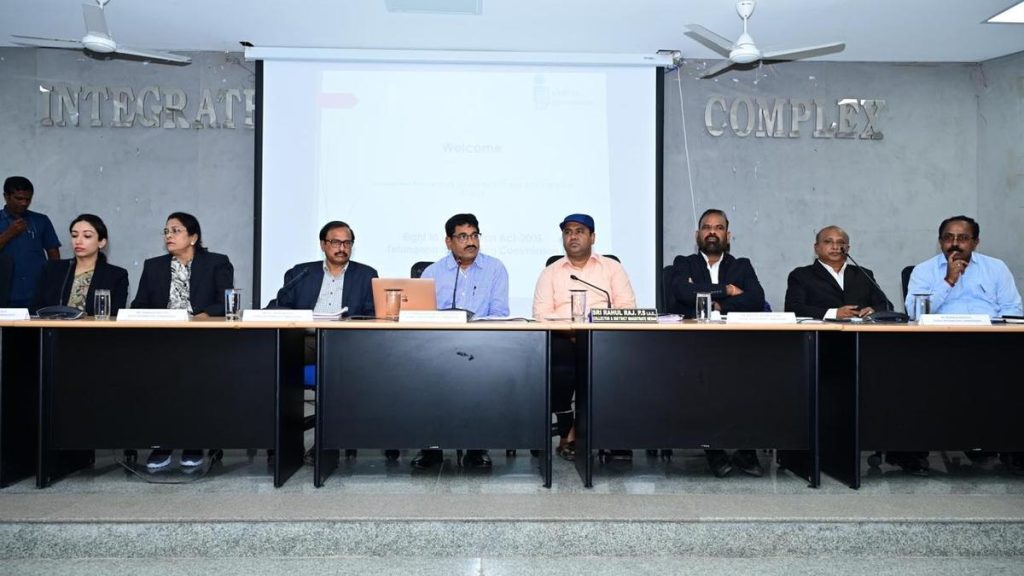Now Reading: Uncovering the Secrets of Thar: Myths or Reality?
-
01
Uncovering the Secrets of Thar: Myths or Reality?
Uncovering the Secrets of Thar: Myths or Reality?

Fast Summary
- The MIT Museum in Boston is hosting an exhibit titled “Monsters of the Deep: Between Inventiveness and Science”, open until January 2026.
- This showcase tracks EuropeS historical understanding of whales and other sea creatures, marking a shift from mythical monsters to scientifically studied mammals.
- Featured objects include:
– More than 40 artifacts and images dating between the 1540s and the 1860s, drawn from the Allan Forbes collection.
– Drawings such as The Monodon Monoceros and The Bicorned (1834), exploring narwhals once believed to be unicorns.
– Maps, prints, preserved narwhal tusks, realistic depictions of marine life, and a video of a giant squid.
- Visitors can view digitized versions on the MIT Museum’s website.
Indian Opinion Analysis
The “Monsters of the Deep” exhibit offers meaningful insights into how imagination fuels scientific inquiry-a notion relevant for educational initiatives globally. For India, which has rich maritime traditions but limited focus on marine research compared to global counterparts like Europe or Japan, this outlook could inspire increased attention towards ocean conservation efforts. India’s vast coastal ecosystems are home to diverse marine life that plays vital roles in local livelihoods and climate balance.
By integrating history with science education-as showcased by exhibits like these-India might potentially invigorate public interest in oceanography or ecological sustainability while fostering curiosity akin to Europe’s early explorations.
























